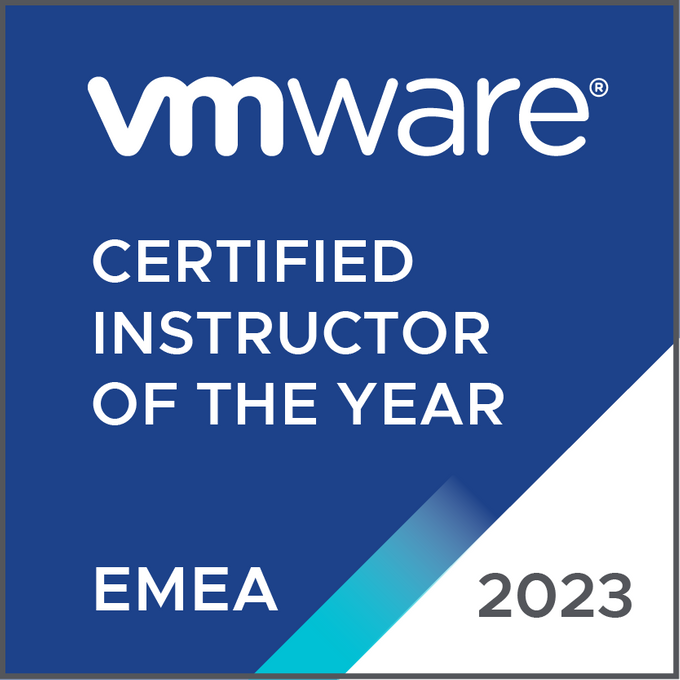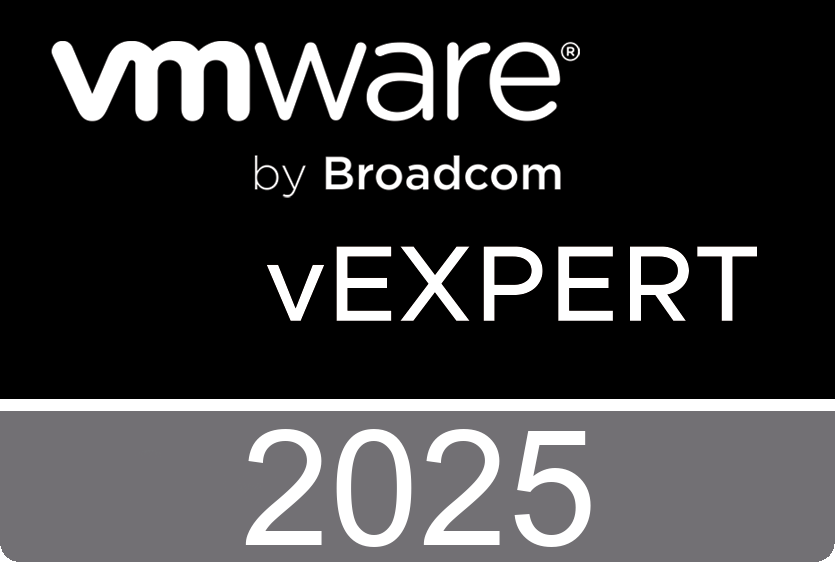- Explain how Horizon Cloud delivers desktops and applications from the cloud through its service offerings
- Discuss the use cases for Horizon Cloud
- Describe the architecture of Horizon Cloud with Hosted Infrastructure and Hosted Cloud on Microsoft Azure
Saturday, April 28. 2018
Free e-learning course - VMware Horizon Cloud Fundamentals (2018)
Tuesday, April 24. 2018
User Profiles as a Service - Getting Desktops to the Cloud & Ready for DaaS
The folks over at Liquidware have come up with another first in our industry with their latest version of ProfileUnity, 6.7.6. They’ve included in this latest release the first ever enterprise cloud storage solution for user profiles.
What does this mean to users and admins though? Well, Desktop as a Service (DaaS) is becoming more prevalent as it is now a viable desktop delivery option for organizations, particularly in the enterprise. There are certain workloads that are really suited to DaaS, such as task workers, however, I see knowledge workers feeling more comfortable in moving to DaaS as the offerings fully mature. But, as with most technology, there’ll be hybrid approaches with a mixture of on- and off-prem.
Of course, we’re all familiar with the big players; Amazon AWS, Citrix, Google and Microsoft, with many enterprises hosting more and more of their infrastructure in the cloud. Therefore, the next obvious step is to move desktops there too! Technology from the likes of Liquidware is making this transition less of a “leap of faith” and much more enterprise ready.
ProfileUnity 6.7.6 now has the option for “User Profile as a Service” functionality. This means you can have your users’ profiles hosted on object-based cloud storage – such as Amazon S3, Google Cloud, or Microsoft Azure Blob – reducing the cost and complexity of hosting user profiles. Liquidware is the only company capable of moving a user profile from Microsoft Windows to object-based cloud storage, or multiple clouds, without the use of a Server Message Block (SMB). Not only is this approach providing cost and productivity savings, this native approach provides high availability and flexibility across Windows OS versions, plus profiles can be automatically harvested to the cloud in the background with zero user downtime. This zero downtime enables organizations to transition to DaaS only when they’re ready to do so, which removes, what has been to date, a real barrier to adoption in large enterprises.
So, how does this all work? Firstly, the functionality relies on API level integration with cloud storage and avoids the user of SMB drives that require Windows hosts. Silently and unattended in the background ProfileUnity harvests the local settings and other personal attributes of user state from the current desktop and writes that natively to the cloud. Secondly, ProfileUnity v6.7.6 also seamlessly saves and syncs user-authored data (my Documents for example) to native cloud storage like Dropbox Business, OneDrive, Amazon WorkDocs, and Google Drive. This data is then available to each user on any device such as a smartphone or tablet.
Liquidware has always been an innovator in the end user computing and desktop transformation space in my opinion, expanding their reach into new areas such as DaaS and object-based cloud storage is further testament to their continuation of leading the field in this area. If you want to try the new version for yourself, you can download it today at www.liquidware.com/download.
Tuesday, April 17. 2018
Video - What's new in the storage section of the vSphere 6.7 HTML5 client
Video - Faster Host Upgrades to vSphere 6.7
VMware vSphere 6.7 incorporates optimizations that speed up major version upgrades, so customers moving from 6.5 to 6.7 will spend less time waiting for hosts to upgrade.
Video - What's new in the VM Storge Policies Interface for vSphere Client 6.7
This video covers what is new in storage policies interface in the vSphere client version 6.7
Video - vSAN 6.7 Technical Overview
This video introduces VMware’s Software Designed Enterprise Class Storage Solution vSAN. vSAN powers industry-leading Hyper-Converged Infrastructure solutions with a vSphere-native, high-performance architecture.
Video - What's New in vSAN 6.7
vSAN 6.7 introduces a number of key features that help us provide an HCI solution for customers that want to evolve without risk, lower their TCO, and accommodate the demands of IT environments for today, tomorrow, and beyond. To help customers evolve their data center with HCI, the improvements of vSAN 6.7 focused on enabling customers to improve their experience in three key areas: Intuitive Operations Experience, Consistent Application Experience, and Enhanced Support Experience.
Video - vSAN 6.7 WSFC support on vSAN!
This video demonstrates the transparent failover of LUNs that support a Windows Server Failover Cluster on vSAN using the iSCSI Target Service.
Video - vSAN 6.7 What's New Technical
vSAN 6.7 introduces a number of key features that help us provide an HCI solution for customers that want to evolve without risk, lower their TCO, and accommodate the demands of IT environments for today, tomorrow, and beyond. To help customers evolve their data center with HCI, the improvements of vSAN 6.7 focused on enabling customers to improve their experience in three key areas: Intuitive Operations Experience, Consistent Application Experience, and Enhanced Support Experience.



